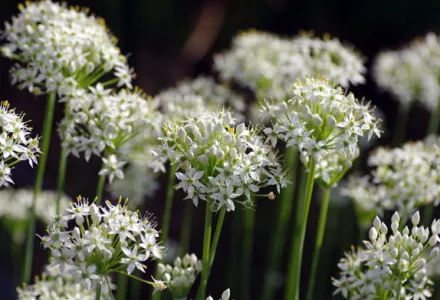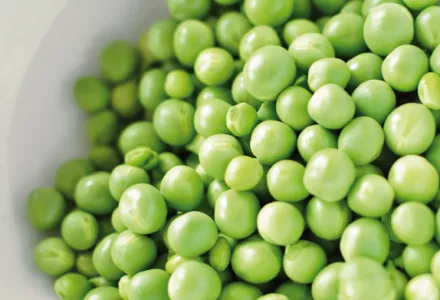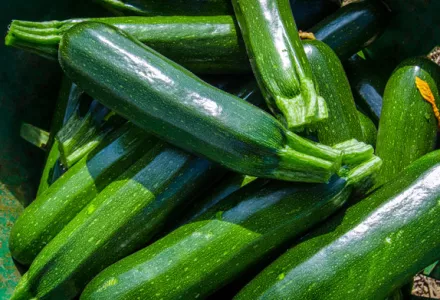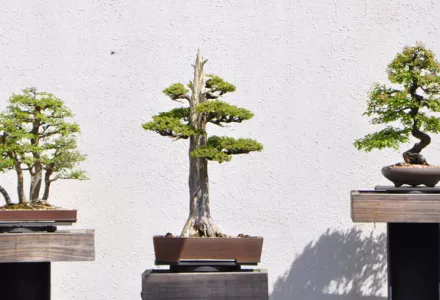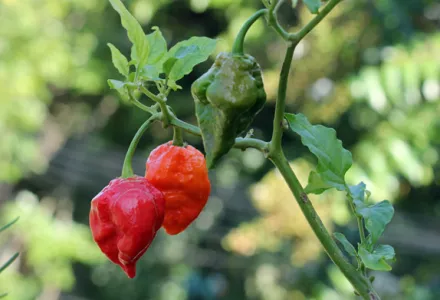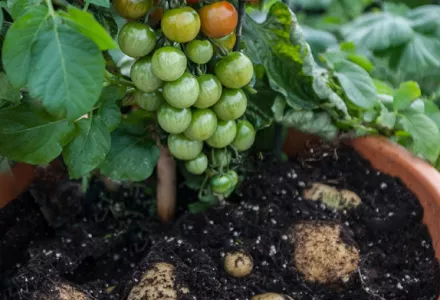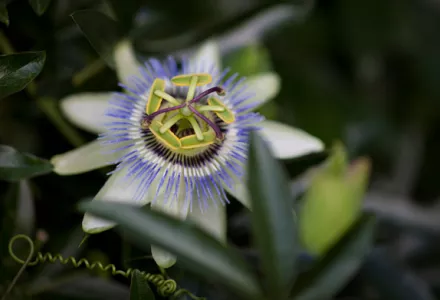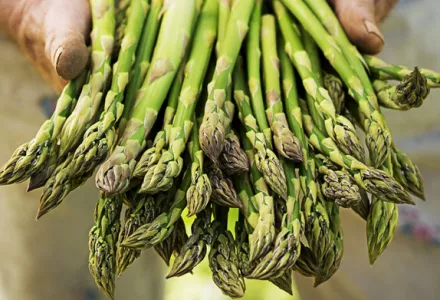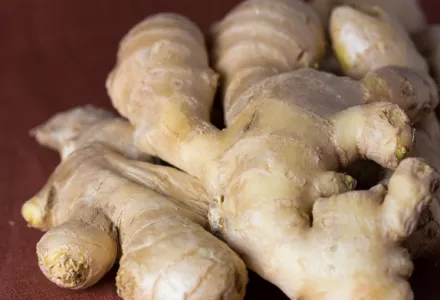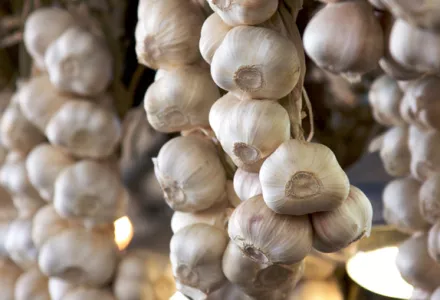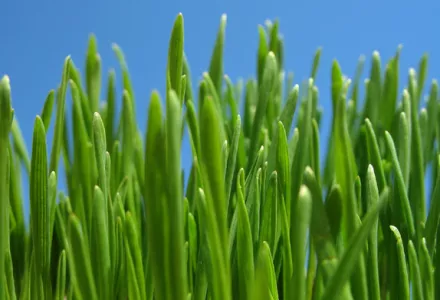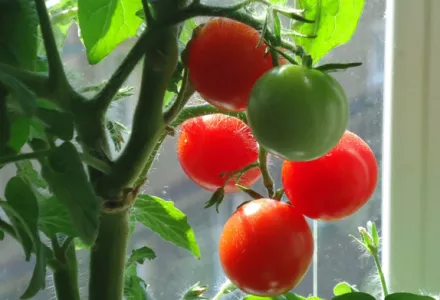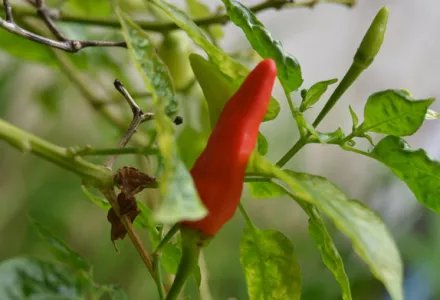Pale yellow, knobbly and uneven, with leaves that can cause serious irritation. No wonder the sweet parsnip was often overlooked in favour of its more attractive cousin the carrot! Even in the world of vegetables, looks do matter. But now it’s time for a come-back… Please welcome the still pale but nutritious, tasty and newly hip parsnip!
When in Rome...

It was decadence that brought down the Romans, history teaches us. It was definitely not the food, although sometimes that decadence took the form of great orgies of culinary madness. Parsnips were a luxury item for our roman ancestors. In Rome, they used to be smaller, though – the plant was originally the same size as a normal carrot. But as the Roman armies moved further north, they took the Pastinaca sativa with them. And you know what? The parsnip grew much larger in colder regions. Being exposed to the freezing cold actually makes parsnips taste better. That is why most people wait with harvesting them until, after the first frost has bitten.
Our parsnip was largely popular in the middle ages. It was easy to grow, plus you could store it for a longer period – the ideal foodstuff before they had fridges. But then, in 1536, the potato arrived in Europe and it seemed as if the writing was on the wall for the humble parsnip. The potato quickly grew more popular than the parsnip and over the years it came to be neglected and was almost forgotten completely by some. But now the parsnip is back!
Yellow flowers
Parsnips, like carrots, are biennials. This means that they will flower in their second year but we tend to eat them all before they get to the flowering stage, so we seldom see their rather fabulous yellow flowers. The parsnip comes from the same family as hemlock, celery, parsley and caraway. The plant (not the root which we eat) is actually classified as harmful, and it can sting. Handling its shoots and leaves requires protective clothing because prolonged contact with the leaves can cause phytophotodermatitis, a condition in which skin becomes unusually sensitive to ultraviolet light, resulting in a serious irritation of the skin a little like sunburn.

But the root is a different story, luckily, and is stuffed with goodness. It is actually richer in vitamins and minerals than its close relative, the carrot. It is particularly rich in potassium, with 600 mg per 100g. The parsnip is also a good source of dietary fibre. Plus, they have a distinctive nutty-sweet taste and they’re a doddle to grow. Do you still have a little space left in your garden? Why not plant some parsnips?
Growing parsnips

As we mentioned, before the potato arrived in Europe, parsnips were widely used in cooking. Few vegetables are as easy to grow, as nutritious or as versatile and they are also available fresh throughout the winter, actually improving as the winter sets in, especially if frost gets to the roots.
Soil is the most important factor when growing parsnips. If you have thin gravelly soil, you will get small misshapen roots. The best soil is rich and slightly on the heavy side. It should not have been recently manured as this will cause the parsnip to fork. Almost any well drained soil will produce a good crop.
Parsnips dislike very acid soil and do best in one which is in the range of slightly acid, neutral or slightly alkaline. So test your soil with a soil test kit several weeks before preparing the seed bed and if necessary, add lime to achieve a pH of 6.5. The site you choose for your parsnips is not as important as the soil, they prefer an open sunny site, but they will also grow quite happily in a lightly shaded plot.
Sowing the seeds with love
The traditional time to sow parsnip seed is late winter but, unless the winter is mild, the soil is often frozen hard or too wet at this time. In most years you will probably have to wait until early spring before you can sow. Although parsnips appreciate a long growing season, you can sow later, right up until late spring if you have to, and you will still get a worthwhile crop. Ensure that the seeds are fresh - parsnip seeds do not keep well.
Before sowing, make a shallow drill in the soil about 1 inch deep. If you are planting more than one row, make the rows 12-18 inches apart. Sow one seed every 2 inches. After the seeds have been sown cover them with soil, sifted soil is best for this, and then firm down. Water the area if the weather is dry. Germination takes approximately three to four weeks and it is quite possible for the newly forming seedlings to get lost among newly germinating weeds. Weed frequently and carefully.
Harvesting parsnips
Your parsnips will be ready for harvest by mid-autumn, but to dig them up then would be a bit of a waste. The flavor is improved by exposure to frost because this increases the amount of sugar in the roots. Parsnips can be harvested up to mid-January.

Small parsnips in light soil can be pulled up once the soil around them has been loosened with a fork. But normally the only way that parsnips can be lifted without breaking them is by digging. Begin at the end of the row and dig a hole close to the last parsnip. Dig the hole as deep at the parsnip and then loosen the soil around the root. Then you can remove the parsnip easily without damaging it. You may find that you have to dig down much further than you expect, the end of a parsnip tapers off for a considerable length – 6 inches or more – and they are very firmly anchored into the soil.
Tip: storing parsnips
Although the best-flavored parsnips are ones that are lifted and taken into the kitchen straight from the ground, you can also store them in the same way as carrots. Do not store them in the fridge but pack them in layers of dry sand or peat in a large wooden box. Put a lid on the top to keep out the light and place the box in a cool, dry and well ventilated place.
Recipe: parsnip chips
On the other hand, you might say ‘forget about storing them. I’ll make chips out of them straight away.’ We like that idea. so here’s the recipe. remember, it’s important to slice these thinly and as evenly as you can.
Ingredients:
| 1 lbs | parsnip |
| 1 teaspoon | fennel seeds, toasted and ground |
| ½ teaspoon | ground cumin |
| ½ teaspoon | chili powder |
| ½ teaspoon | paprika powder |
| ½ teaspoon | black pepper |
| 2 tablespoons | high heat oil |
| 1 teaspoon | salt |
Preheat oven to 480 ˚F.

Mix the fennel, cumin, chili powder, paprika, and pepper in a small bowl and set aside. Pat the parsnip slices with a paper towel and place them in a large bowl, drizzle with oil and sprinkle with the spice mixture. Season with salt to taste. Place the parsnips in a single layer on baking sheets. Roast for 15-20 minutes, rotating the sheets from top to bottom half way through and flipping the chips over with a spatula.
The baking time can vary depending on a lot of factors, so make sure you stay close to the oven and check that they are not burning.
These taste great with a couple of friends and a funny movie.

